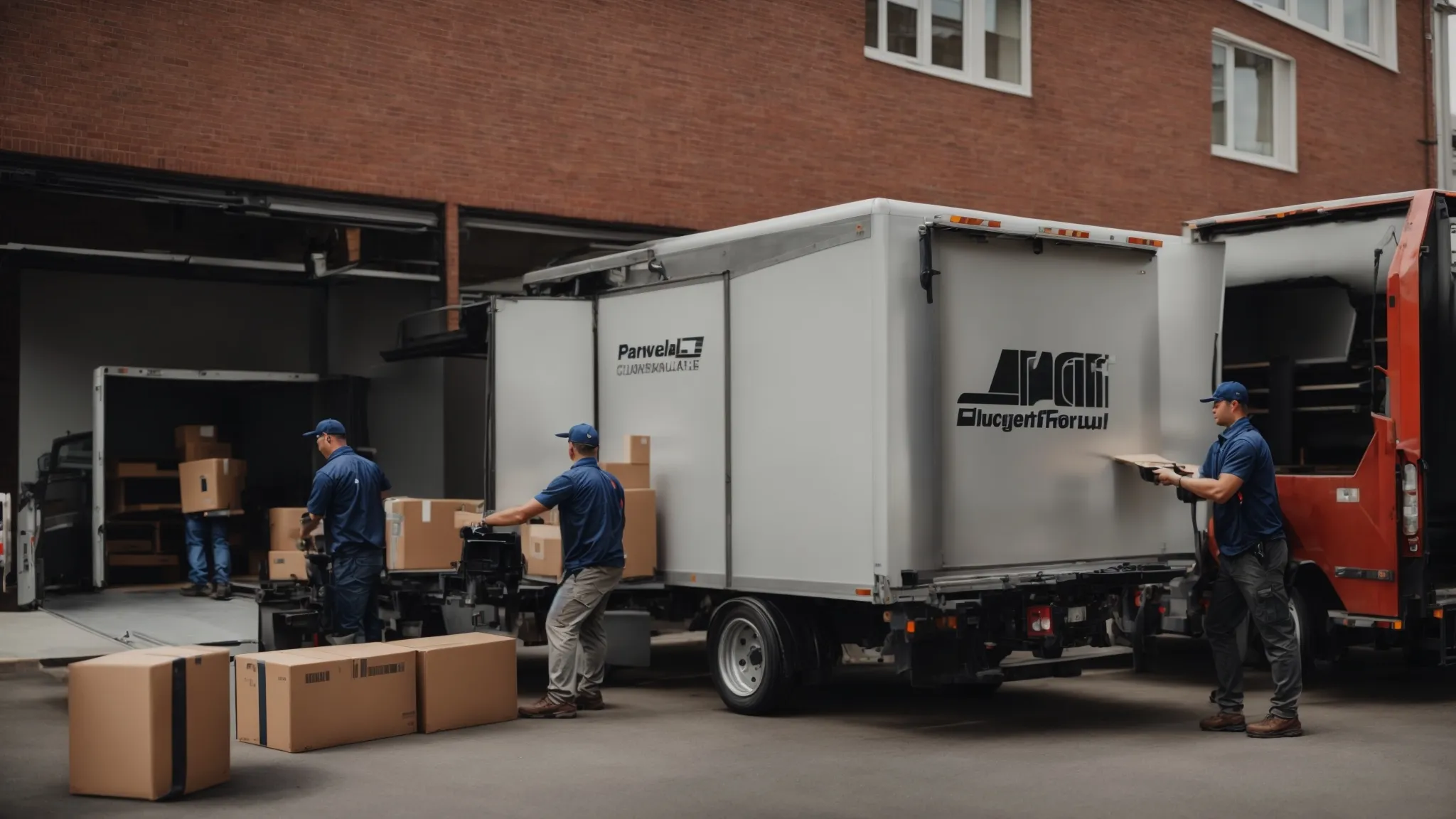Contrary to popular belief, improving your home’s energy efficiency doesn’t have to break the bank—and new smart home tech and energy-efficient systems make it easier than ever to reduce your energy usage.
Taking steps to use less energy in your home can not only lessen your carbon footprint, but it can also help you cut down on energy costs every month. If you’re willing to make some small changes but you’re not sure where to start, here are a few simple steps to help you use less energy at home.
Keep your appliances up-to-date.
The first step in boosting your home’s energy efficiency is to make sure your systems are running optimally. While it’s unlikely that repairing your existing appliances will have a significant impact on their energy usage, repairs can save you time and money, and you’ll be able to choose better options when it’s time for a replacement. Think about it: one more year of higher energy bills to support an outdated air conditioner can lessen the environmental impact of a new appliance and translate to bigger savings next year.
For example, scheduling regular maintenance for your HVAC system is essential. Because new HVAC systems can be expensive, it’s important to keep your appliances up-to-date with regular repairs to avoid purchasing new systems. Additionally, tuning up your HVAC systems and swapping out filters annually can ensure your systems are running at peak efficiency, which can help you save money every month.
Lower your thermostat.
When you’re away from home, make it a habit to lower the temperature on your thermostat. Lowering the temperature between three to five degrees is an easy way to lower your monthly energy bill and reduce your home’s energy usage. According to energy.gov, dropping the temperature between 10 and 15 degrees during the workday can help you lower your energy bill costs from 5% to 15% annually.
Meanwhile, if you have a smart thermostat, consider adjusting your heater and air conditioner usage according to your schedule. Most smart thermostats can store and repeat daily settings, and you can manually override settings on a smartphone app without affecting the rest of your schedule.
Remodel your kitchen.

Beyond basic weatherization, remodeling can significantly improve the overall energy performance of your home. In some cases, energy-efficient home makeovers are part of a larger home renovation project. Other times, homeowners choose to transform a specific area of their home, like the kitchen or bathroom, to reduce energy usage.
When it comes to improving energy efficiency, some popular kitchen transformations include:
- Switching to energy-efficient lightbulbs. For most families, the lights in the kitchen are on more than in other rooms. To cut down on your energy bill, switch to energy-efficient bulbs. These bulbs not only use 75% less energy than standard models, but you can also mount them on ceilings, cabinets, open shelves, and recessed fixtures like pendant lights.
- Installing low-flow faucets. It’s also a good idea to change your standard faucets to low-flow models. Low-flow models are easy to install on your own, so you’ll be able to save money on your kitchen remodel while reducing your water usage.
- Upgrading kitchen appliances. After your kitchen makeover, you’ll need your dream appliances. Investing in energy-efficient appliances like bottom freezer models, resource-efficient dishwashers, microwaves, and induction cooktops can make a big difference in the amount of energy your home uses. Although they might seem like a significant investment, you’ll end up saving money in the long run.
Whether you’re a first-time homeowner, looking to cut energy costs, or interested in going green, taking simple steps to improve your home’s energy efficiency can help you save money and live more sustainably.

